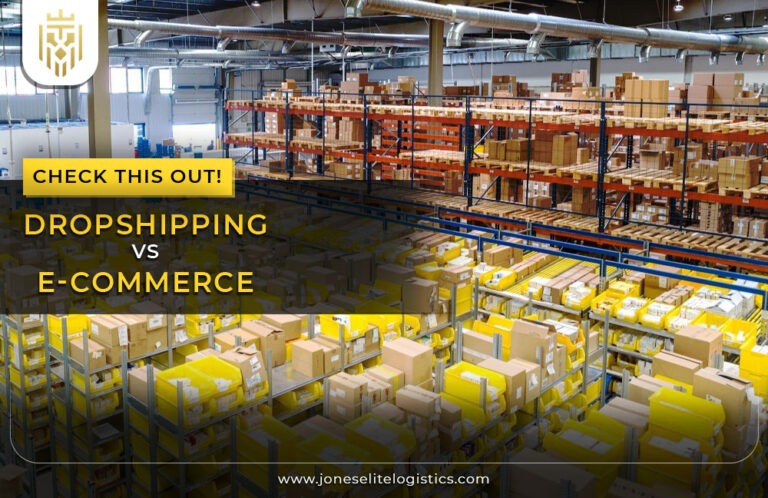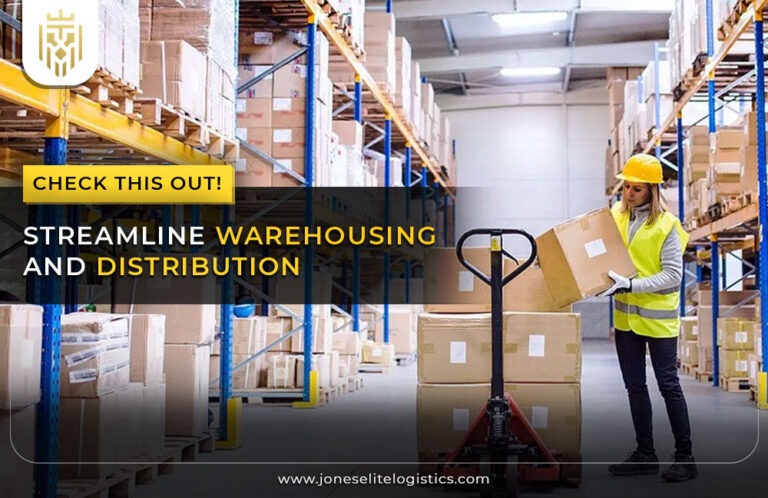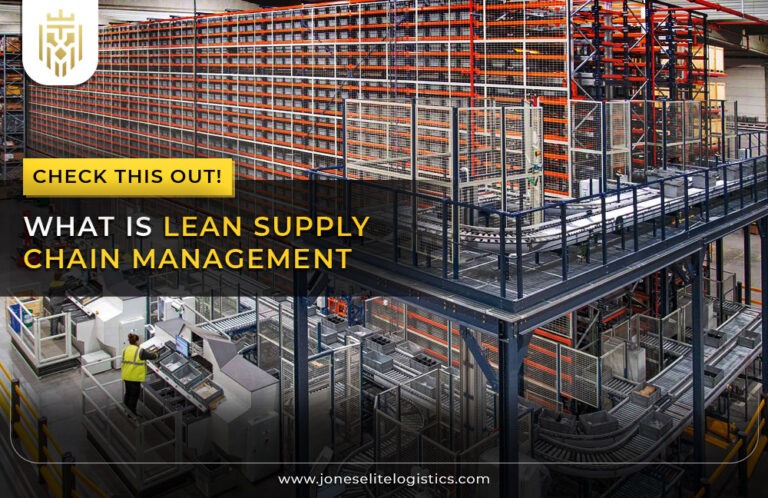Freight Transportation:
Freight transportation is the process of moving goods and cargo from one place to another using various means of transport such as road, rail, air, and sea. It is a vital part of the supply chain, thus, enabling the products to reach their destinations smoothly and securely. Freight transportation is the key to global trade, it lowers the costs, and it is the fastest way of delivery time, so it is the main reason why the economy is growing and the business is getting more competitive.

Advantages of Freight Transportation:
Freight transportation is a great option since it provides reliable and efficient delivery of goods, cost-effective shipping options, and is a strong support for global trade. It improves the supply chain flexibility, thus, businesses can satisfy the market demands on time. Besides, it also enables the movement of different kinds of goods, ranging from fresh ones to heavy equipment, thus the needs of the different markets are satisfied.
Types of Freight Transport:
Freight transport includes several modes: road, rail, maritime, and air are the four most common transport systems. Every mode is designed to meet the needs of the users based on the distance, cost, speed, and cargo type.
Road Transport:
Road transport is flexible and gives door-to-door delivery, therefore it is the best way for short to medium distances. It has the flexibility to route and schedule, which is capable of carrying various kinds of cargo, such as perishable goods and heavy machinery. Trucks and other road vehicles link remote areas to the major transport hubs, ensuring smooth and on-time delivery, thus, road transport is a vital part of local and regional logistics.
Rail Transport:
Rail transport is an efficient way of transporting bulk goods over a long distance. It is a cheap and eco-friendly option that has a high capacity and is reliable. Railways are the significant mode of transport for commodities such as coal, minerals, and agricultural products that connect the major industrial and commercial centers. The vast rail networks are the best solution for large-volume shipments due to their stable and reliable service.
Maritime Transport:
Maritime transport is a key player in international trade and it is responsible for the transportation of the largest volume of goods worldwide. It is cheaper for moving the heavy and bulky cargo over the long distances. Ships can take a lot of stuff over the oceans, which is why this mode is crucial for global supply chains. Shipping is the backbone of the global economy as it facilitates the transfer of huge amounts of goods that are raw materials and finished products.
Air Transport:
Air transport is the quickest way of delivering goods, thus it is the best option for goods that are of high value or that have a time-sensitive nature like pharmaceutical and electronic goods. It is perfect for freight forwarding shipments that are long-distance and international, thus, the delivery is fast and sure. Although more costly than the other means of transportation, air transport has the unique feature of providing the speed and efficiency that are required by industries that depend on just-in-time delivery systems, and this gives a competitive edge in the global markets.

Factors that Affect Freight Shipping Costs:
Freight shipping costs depend on many factors, such as freight methods, freight class, density, weight and dimensions, fuel costs, shipping mode, and shipment destination. Every aspect of the cost of shipping affects the total cost of transporting the goods, hence, the goods are transported efficiently and economically.
Freight Methods:
Freight methods are the ways of transportation used, for example, road, rail, air, or sea. Each method has different cost structures, with road transport being the cheapest for short distances, the rail for bulk over long distances, the maritime for heavy international shipments, and the air for fast, high-value deliveries. The selection of the method is the key factor that plays a major role in the reduction of total shipping costs.
Freight Class:
Freight class is the classification of shipments according to factors such as weight, dimensions, density, and handling requirements. It helps to estimate the shipping costs, with higher classes being more expensive due to the complex handling and the risk involved. Correct classification results in the right billing and compliance with the shipping regulations, which in turn, directly influences the cost efficiency of freight transport.

Freight Density:
Freight density is the weight of the shipment in comparison to its volume. The goods that are high in density are usually cheaper to ship per unit of weight as they take up less space. Carriers employ the density of an item to determine the shipping rates, with denser items being usually cheaper to transport. The correct density measurement leads to the proper use of space and the accurate calculation of the cost.
Weight and Dimensions:
The weight and dimensions of a shipment are the main factors that determine the shipping prices. The bigger and heavier things are usually the ones that have higher charges because of the bigger space and handling requirements that they need. Carriers utilize these measurements to ascertain the shipping class and the rate that is applied. Accurate calculation and management of weight and dimensions are the keys to the reduction of shipping costs.
Fuel Costs:
Fuel costs are one of the major parts of the freight shipping expenses. The changes in fuel prices directly affect shipping rates, since carriers alter the prices to pay for fuel surcharges. Fuel management and route planning can be used to reduce the costs of driving. To predict and allocate the freight shipping costs one should keep on checking the fuel price trends.
Shipping Mode:
The shipping mode, either standard, expedited, or same-day delivery, determines the freight costs. The faster shipping methods, for example, expedited or same-day delivery, are usually more expensive because they need quick and dedicated transportation resources. The process of making the right choice of the shipping mode based on the urgency and the budget helps in the effective management of the freight expenses.
Shipment Destination:
The shipment destination is a factor that influences freight costs because of the distance, accessibility, and geographic factors. The longer the distance, the more the shipping costs are usually. The less accessible or remote destinations can also have the extra costs for the special handling or the longer transit times. The knowledge of the destination’s effects is very helpful in the planning and the cost saving of the shipping routes.

Freight Transportation Challenges:
The problems that are associated with freight transportation should be tackled to make sure that the freight transport systems are efficient, sustainable, and secure, and that the economy grows and meets the increasing demand.
Congestion and Expanding Capacity:
The congestion in freight transportation results in delays, higher expenses, and a decrease in efficiency. The capacity of the infrastructure can be increased through the enhancement of the infrastructure, such as adding up the lanes, improving the ports, and developing the intermodal facilities.
Improving Systems Operations:
Systems operations improvement is the modification of logistic processes, the introduction of new technologies, and the improvement of coordination among stakeholders. Effective operations lead to fewer delays, lower costs, and increased reliability. The strategies that are being used comprise the adoption of real-time tracking, automated systems, and predictive analytics.
Planning and Financing Freight Projects
Planning and financing freight projects is the investment of the strategic vision and long-term planning. Effective planning consists of the discovery of the most important areas, the evaluation of the requirements, and the development of the complete plans. The main reason for the progress in infrastructure development and modernization is the securing of financing from public and private sources.
The Safety and Environmental Effects of Freight Transport:
Freight transport affects the safety and the environment with emissions, noise, and accident risks. The effects of this condition can be solved by the introduction of stricter regulations, the adoption of cleaner technologies, and the improvement of safety standards. Actions like using electric vehicles, optimizing routes, and improving training programs reduce the environmental footprint and enhance safety, therefore, promoting sustainable and responsible freight transport practices.
National Security:
National security in freight transport is about safeguarding the infrastructure and supply chains from dangers such as terrorism, theft, and cyberattacks. Transportation systems need to be secured by strong security measures, state-of-the-art surveillance, and international cooperation. The improvement of security protocols and emergency response plans are the ways to protect the critical freight networks and thus, ensure the continuous movement of goods which are the basis of the economy and the national security.
Building Professional Capacity in the Freight Sector:
Professional capacity is created by training and developing skilled personnel who can effectively manage and innovate in the freight sector. This also includes continuous education, certification programs, and promoting industry collaboration. The professional skills enhancement enables the logistics to be well-managed, the new technologies to be adopted, and the operational efficiencies to be improved, thus, the freight sector’s growth and adaptability are stimulated.

Future Of Freight Transportation:
The future of freight transportation will be influenced by technological developments, sustainability initiatives, and changes in global supply chain strategies. Innovations like AI, automation, and green practices will boost efficiency, cut costs, and lessen the environmental impact, hence, a more resistant and adaptable freight transport system will be established.
Onshoring and Nearshoring to Redraw the Transportation Map:
Onshoring and nearshoring are the processes of moving production closer to consumer markets, hence, they decrease the dependence on long-distance shipping. This trend is increasing the supply chain resilience, decreasing the transportation costs, and shortening the delivery time, which in turn is changing the freight transportation dynamics and infrastructure needs.
Integration of AI and Machine Learning:
AI and machine learning help in route planning, demand forecasting, and inventory management in freight transportation by optimizing them. These technologies augment decision-making, boost efficiency, lower costs, and increase service reliability, thereby, changing the logistics and supply chain operations.
Sustainability and Eco-Friendly Practices:
Sustainability and eco-friendly practices in freight transportation are concerned with cutting down emissions, the adoption of cleaner technologies, and the optimization of routes. The initiatives that are being taken are electric vehicles, alternative fuels, and improved efficiency whose aim is to reduce the environmental impact and the promotion of long-term ecological balance.
Conclusion:
Freight transportation is the backbone of global trade and economic growth, which is possible because of its efficient movement of goods from one place to another, via different modes, and over different distances. The comprehension of its complicated nature, and the use of technologies and green practices, make the logistics systems more efficient and sustainable.
FAQs
1. What is meant by Freight transportation?
Freight transportation is the transportation of goods or cargo from one place to another, usually by trucks, trains, ships, or planes. It is a vital component of supply chain management, which guarantees that products are delivered to their destinations in a timely and economical way.
2. What are the types of Freight Transportation?
There are various types of freight transportation such as road (trucking), rail, maritime (shipping), air, and intermodal which is a combination of different modes for the best efficiency and cost-effectiveness.
3. What are the most common types of freight?
The most common type of freight is usually transported by road, especially for short to medium distances within a region or a country. Trucks are mobile and can reach different places, which is why many companies choose them.







